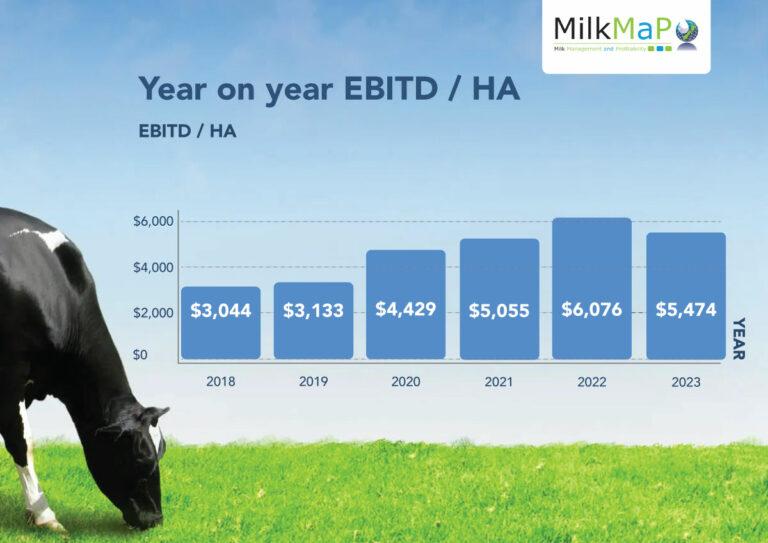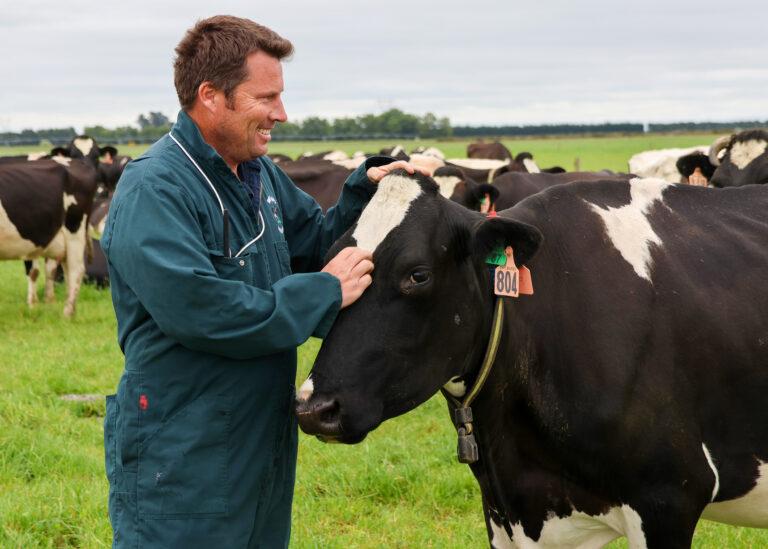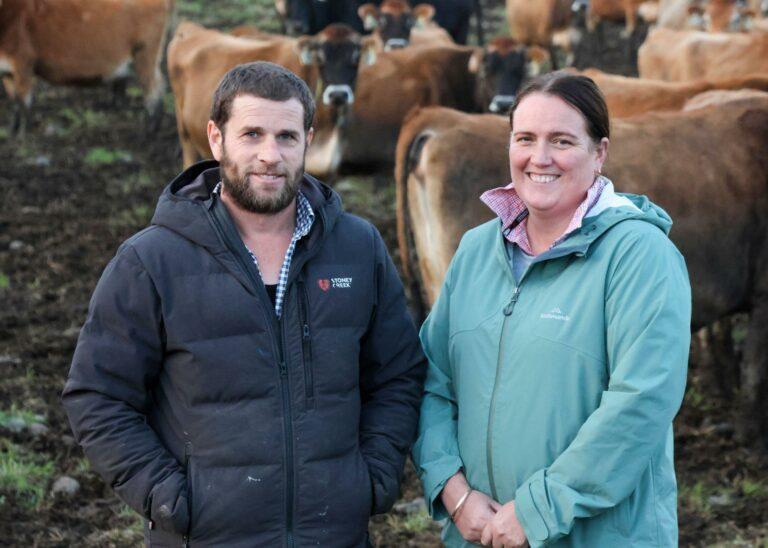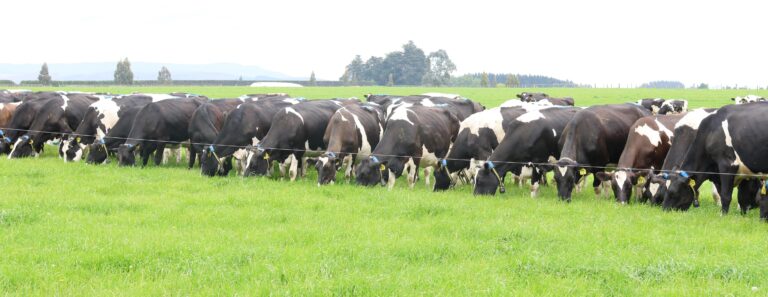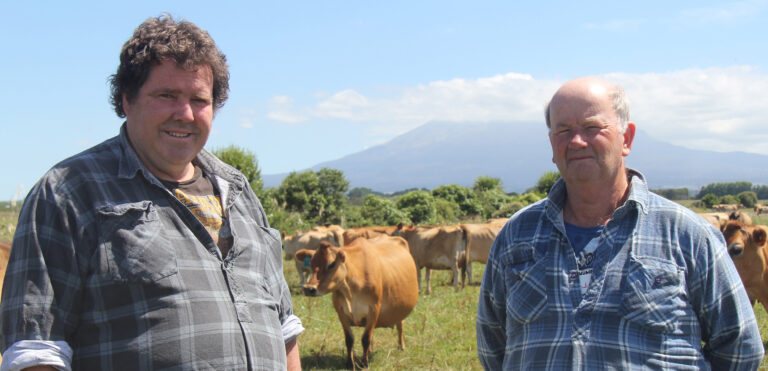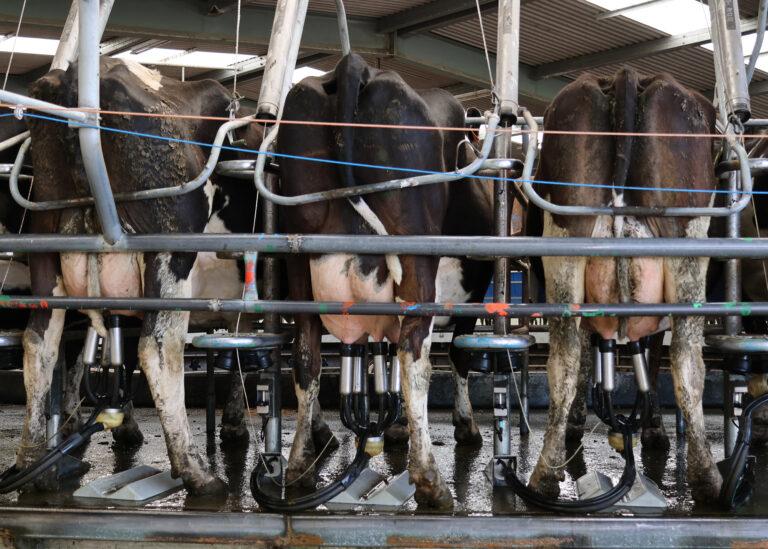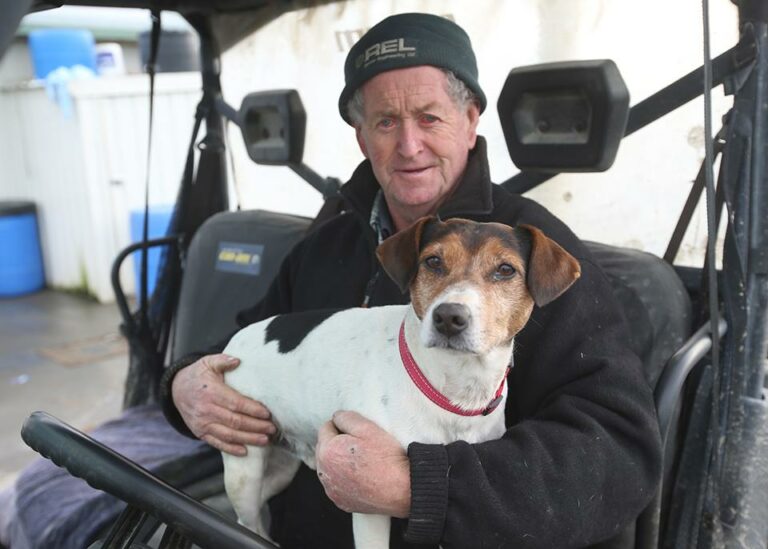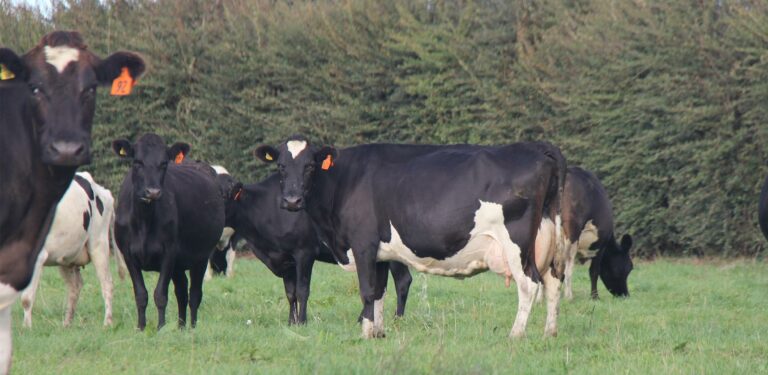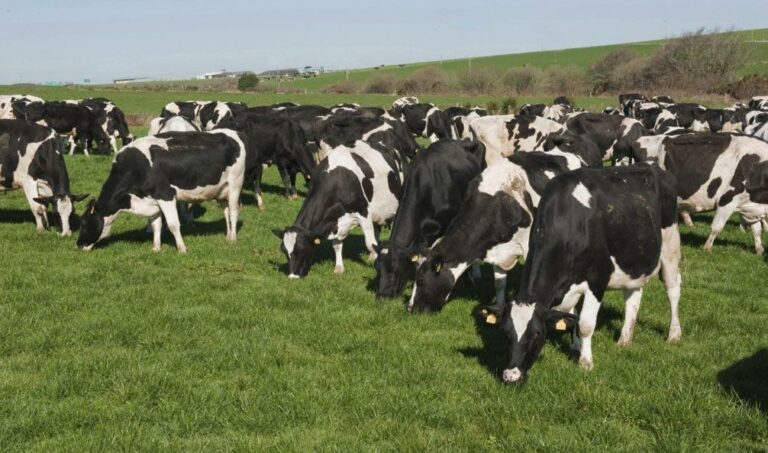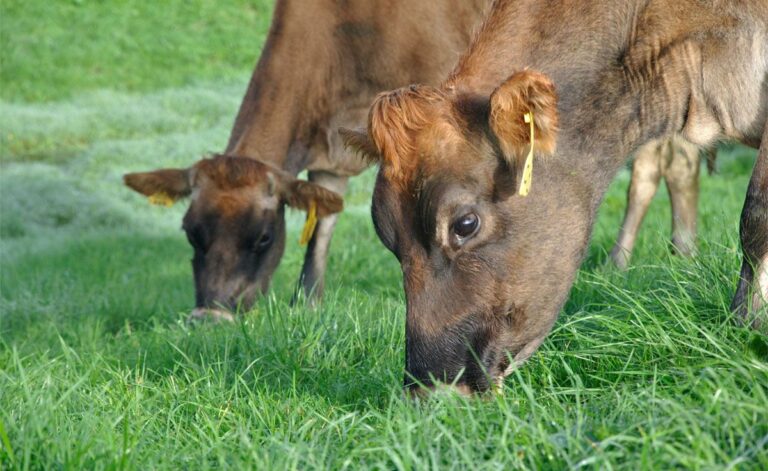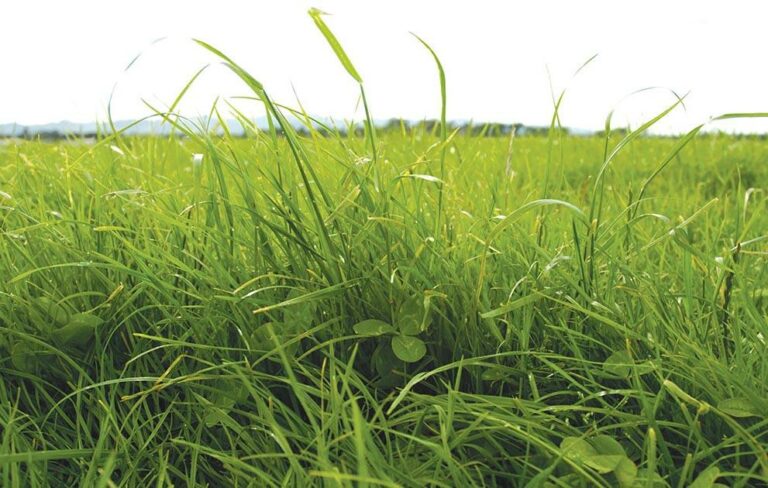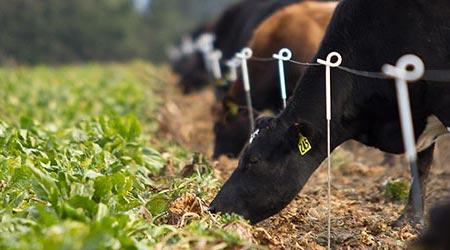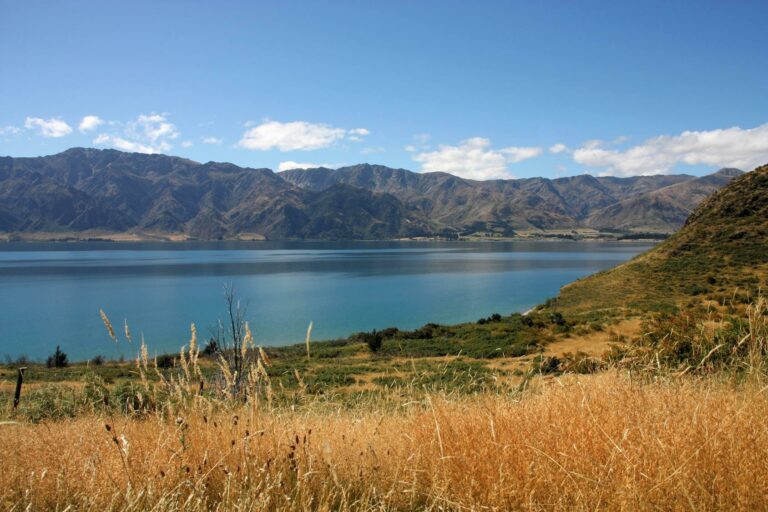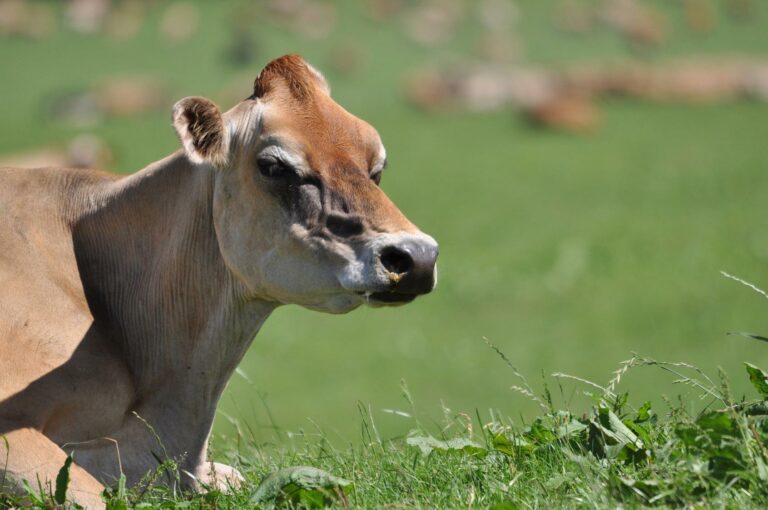Articles
Articles from our clients and important information on how to improve your farm and not making same mistakes.
The past three seasons have painted three vastly different financial pictures for New Zealand dairy farmers – from extraordinary highs to challenging lows. “You can’t replace 1kg of grain with 1kg of palm kernel and expect the same result, just because it’s $20 or $30/tonne cheaper.”
I used to think we were pretty good feeders of cows until I realised I could sneak another 200-300kg of supplements into them, and get another 35kg MS from every cow over the season.” – Jeremy Duckmanton.
A massive philosophy shift will put New Zealand’s production systems under the microscope on a South Canterbury dairy farm this season.
Progress is a highly measurable path in dairy farming, and when total kilograms of milk solids and per cow production lift as cow numbers are simultaneously going down, it introduces some interesting conversation starters.
MilkMaP focusses on “milk”, “management”, and “profitability”, by analysing its clients’ cost structures, and the impact of any proposed feeding or stocking-rate changes.
Getting more milk from less cows pays the bills and makes life easier for Gibson Farm at Hawera in the Taranaki.
The only time switching to once-a-day (OAD) milking is appropriate, wise, or fiscally responsible is when there is an environmental challenge outside a farmer’s control.
A free-stall barn has helped a Mid Canterbury family re-angle its dairy business and sustain production through some of the worst flooding their region had been exposed to in 200 years.
History has proven that MilkMaP Consulting’s incendiary style when it entered New Zealand to roars of industry condemnation 15 years ago, was right.
Blog
Important articles directly from our Consultants’ expertise.
Every day the cow reports what is happening in the digestive tract by leaving dung behind in the paddock. You as farmer can determine the health of the digestive system by looking at the consistency of the manure every day.
Can you afford to let this predicted $6.50+ payout slide by with average cow performance and reproduction results similar to last year? What would an improvement in these areas mean for your farm?
Phosphorus is the second most abundant mineral in the animal body, with about 80% found in the bones and teeth (Suttle, 2010).
A moderate deficiency in P may be associated with cows not conceiving when mated, while a more severe deficiency can extend postpartum anestrus (non-cycling activity post calving) due to inactive ovaries.
Cows don’t like warm weather. When temperatures exceed 20 degrees Celsius in combination with moderate humidity, they become stressed.
When looking at north island pastures in the last week, we have noticed an increase of seed head in the paddocks.
Weekly farm walks should be done religiously as pasture is the biggest feed source on the farm and managing surpluses and deficits are vital when it comes to managing pasture quality and feeding a high quality diet.



